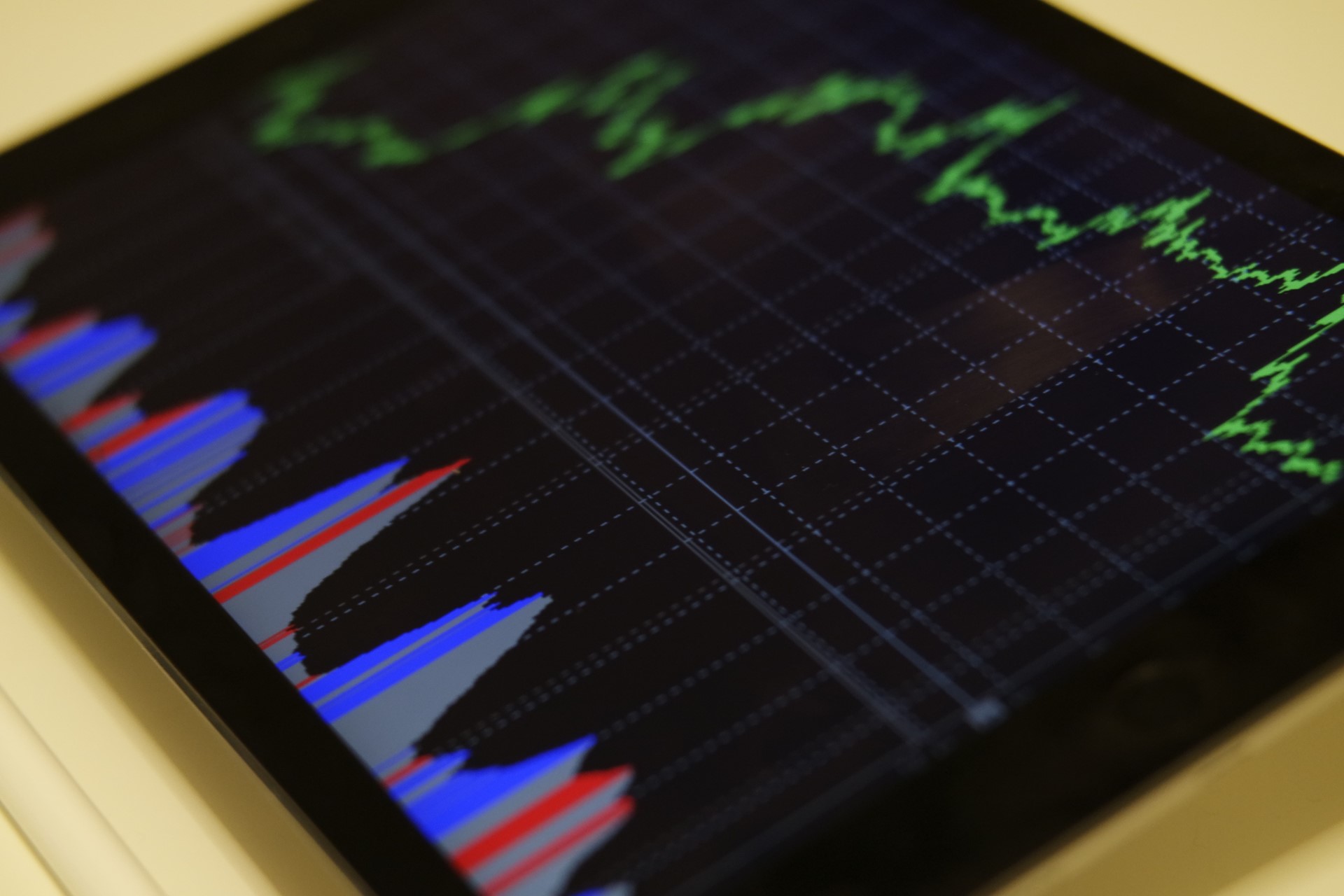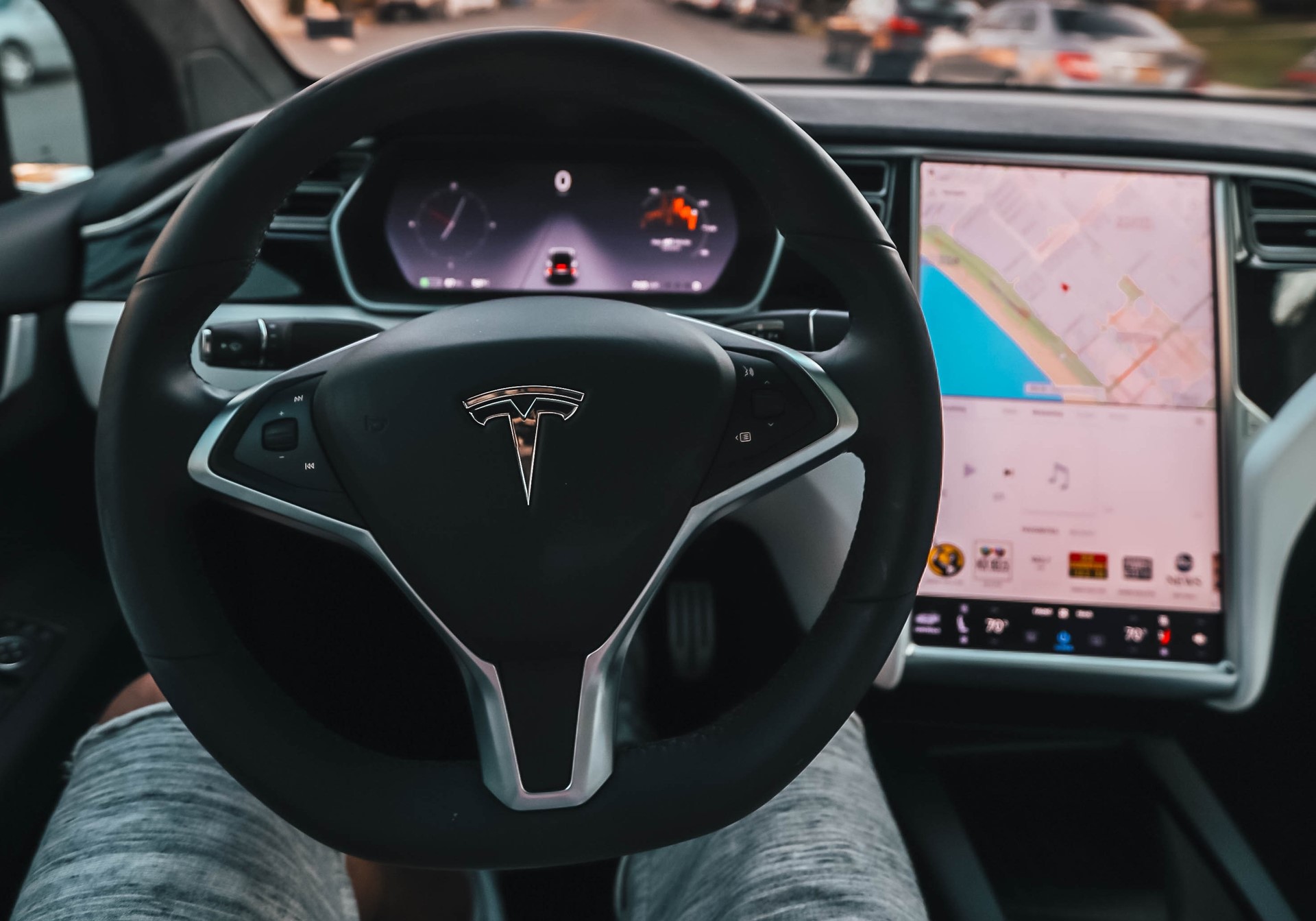The green economy: a $10.3tn opportunity
05 January 2023

05 January 2023

The headline figure comes from a new report by Arup and Oxford Economics, The Global Green Economy: capturing the opportunity, which attempts to define the global green economy and its economic potential over the coming years and decades.
Breaking down the green economy into five key sectors, the research estimates that reaching a net zero economy by 2050 will result in markets worth:
“As economists, we have to be honest about the fact that mitigating climate change will be expensive. But the transition to a carbon neutral global economy also presents compelling opportunities,” explained Adrian Cooper, CEO of Oxford Economics. “This study provides an original perspective on the commercial prize on offer for those enterprises and industries that move fastest and most capably to meet the demands of a greener economy.”
The message is shared by the World Economic Forum and Boston Consulting Group, which forecasts a “massive scale-up” of markets for low carbon and green materials, products and services this decade.
This comes despite growing concerns about an imbalance between demand and supply for some green materials such as sustainable plastics, chemicals and aluminium. This is because the number of downstream companies (i.e. those closer to the consumer) with strong green commitments currently far surpasses the number upstream in most markets.
The report warns that it will be the early movers who have a better chance of securing supply and highlights renewable energy developer Ørsted, carmaker Tesla and vegan food firm Beyond Meat as examples of companies that have achieved first-mover advantage.


In the nearer-term, overall spending in the green economy is expected to increase in 2023 despite the difficult economic conditions.
Energy intelligence company Rystad Energy estimates that global spending on low carbon energy projects will increase by 10 per cent in 2023 compared with last year. This marks a slowdown compared to recent years – which averaged 20 per cent annual increases – but spending is expected to rebound quickly as inflation reduces.
“Weaker-than-expected growth is not a reason to panic for those in the low carbon sector,” explained Audun Martinsen, Rystad Energy’s head of supply chain research. “Rampant inflation typically triggers fiscal restraint across industries, and spending will likely bounce back in the coming years.”
Share